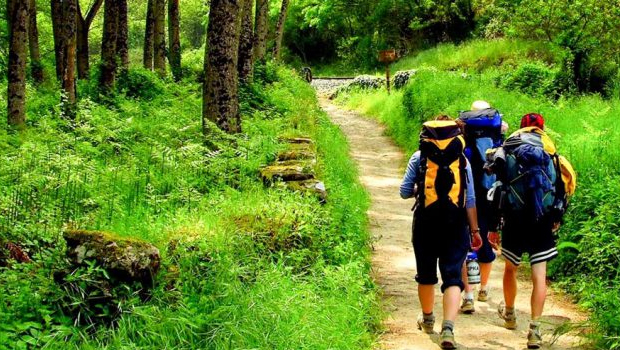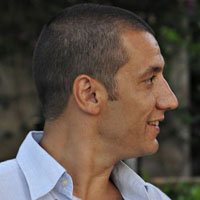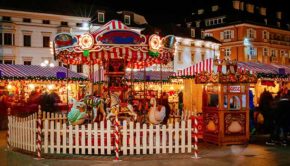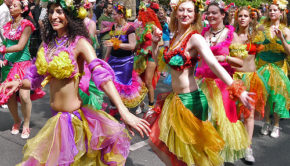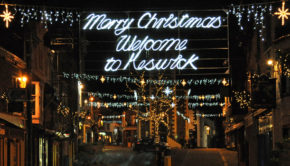A Modern-Day Pilgrimage: The Camino de Santiago
Walking the Camino de Santiago, a network of ancient pilgrim routes, was once considered a way of penance. The faithful hoped this was a way to earn forgiveness for their sins. Today, some walk these pilgrim roads looking for spiritual growth, but many are those who are simply looking for an adventure, in the manner of Bilbo Baggins. Whatever someone’s reason behind walking the Camino is, it is certainly a life-changing experience. All the roads of the Camino de Santiago lead to the Santiago de Compostela Cathedral in northwestern Spain. It is one of Christianity’s most sacred sites, believed to be the final resting place of Apostle Saint James the Great. From the ninth century onward, when the remains of Saint James were discovered here, this pilgrimage has been quite popular. Millions of people have walked the various paths of the Camino de Santiago to date.
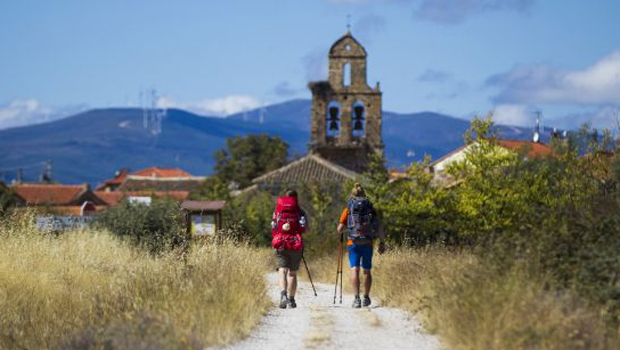
The word “camino” means “path” or “journey”. And even though reaching the tomb of St. James is the main goal of the camino, getting there is what actually matters. To this day, there are those who believe the caminos to be their way to salvation – but the Camino de Santiago is no longer merely a pilgrim route. When asked, a majority of people say they don’t walk the Camino for religious reasons. Some of them are hiking or cycling enthusiasts, while others are simply eager to get away from the stress that modern life holds for us all. The Camino offers a unique mixture of history, both Christian and secular, culture, food and above all – a seemingly endless road that can take you wherever you wish to be.
Routes to Santiago de Compostela
There are dozens of Camino de Santiago routes available for an eager walker. Many believe the scallop shell has become such a recognizable symbol of the Camino precisely because its individual lines symbolize these routes. Some of them are more popular than others, but a route’s popularity doesn’t guarantee a good experience. It all depends on what are you looking for. Routes can run from one hundred to a couple of hundred kilometres in length, and it would be impossible to list them all in detail here. You should know that it can take you anywhere from a week to two or three months to get to your final destination, depending on your choice of course.
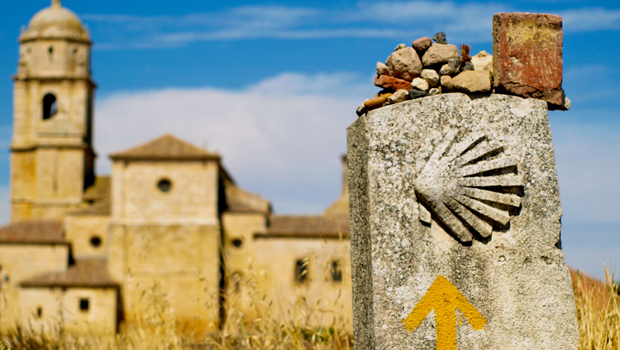
The Camino Frances or the French Way is the most popular one, starting at St Jean Pied du Port in France. When people talk about the Camino, they most often have this route in mind. Thanks to its immense popularity, you will have a chance to meet people from all walks of life on your way to Compostela. Bear in mind that this is not the route for walkers looking for a bit of solitude.
The Camino Ingles actually has two starting points: ports La Coruna and Ferrol. However, La Coruna is located only 75 kilometres from Santiago, and in order to get a Compostela certificate, a pilgrim has to walk at least 100 kilometres. That is one of the reasons they often choose Ferrol, located 118 kilometres from Santiago, as a starting point. The origins of this route can be traced back to the 12th century. It once served as the main access for pilgrims arriving from Britain or Nordic countries by boat. If you are looking for a solitary experience, the Camino Ingles might be the perfect path for you.
If you enjoy challenges and are looking for a view of the sea, try the Camino del Norte. It starts out at the city of Bilbao and runs along the Basque Coast. This route is reserved for experienced hikers. Compared to the other routes, it is more scenic, and you can even dip your feet in the sea – but bear in mind that it is not well suited for first-time walkers.
A Different Kind of Vacation
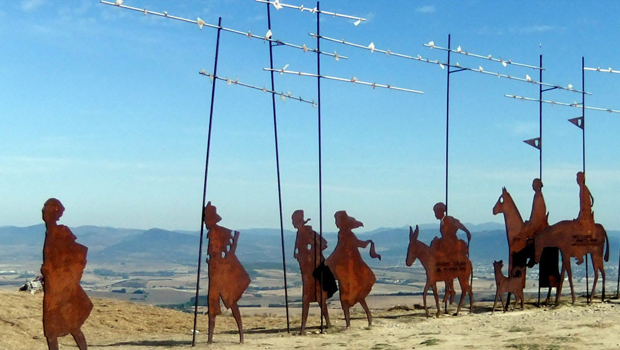
When booking a vacation, people usually look for the lying on the beach and sleeping in kind of arrangement. And while there is absolutely nothing wrong with that choice, walking for two weeks will recharge you in a way the seaside can’t. Spending your holiday on the Camino de Santiago consists of walking and not much else. It doesn’t sound relaxing. However, the Camino offers what other destinations don’t: experience. This kind of vacation does not require physical preparation, contrary to popular belief. And while it might be hard on your body for the first few days, you will be surprised how quickly your body adapts to walking. After all, that’s what it was made for.
The Camino is not a race. Find your own pace and stick to it. Remember what I said a few paragraphs up: it’s not the destination, it’s the journey. And whichever route you choose, the journey will be a magnificent one: views of the snow-capped Pyrenees, eucalyptus woodlands, the green hills of Galicia, or many picturesque seaside villages will fuel you to keep going. They are a great antidote to the stressful life you have come away from. Spending time with yourself (even if you are traveling in a group) will give you the time and place to think about your everyday life from a fresh perspective. Your mind will open up to new possibilities, and the things you learn and the people you meet will impact your mindset when you do get back home.
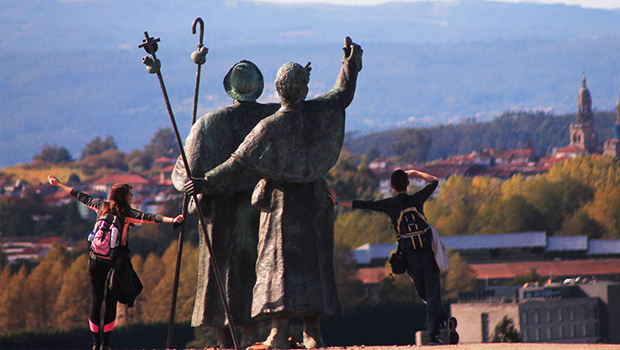
Once you do complete your Camino, you will be going home with a feeling of accomplishment and a newfound respect for yourself and your body. Not something other vacations can offer.
It certainly isn’t a regular holiday, but it is certainly one worth taking. You will probably have some miserable moments, physically and emotionally. But it will all be worth it, once you turn that final bend in the road to Compostela.

